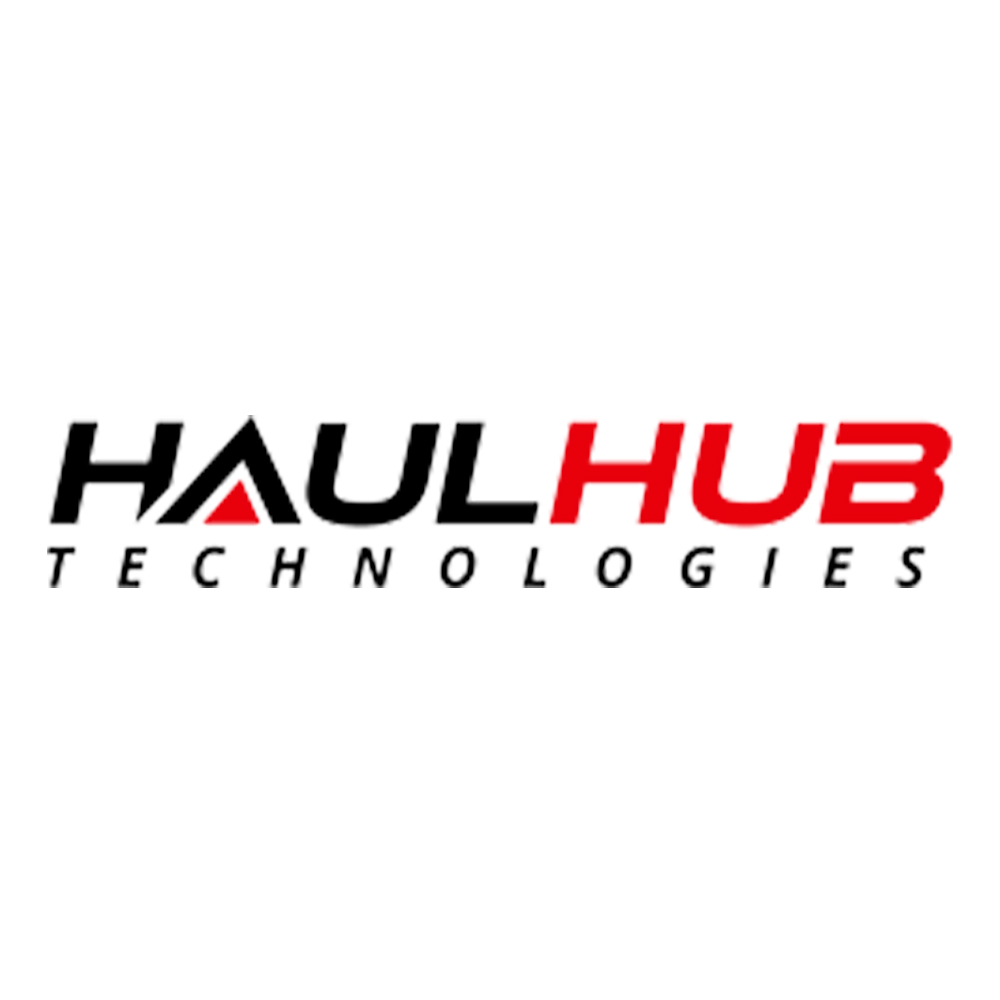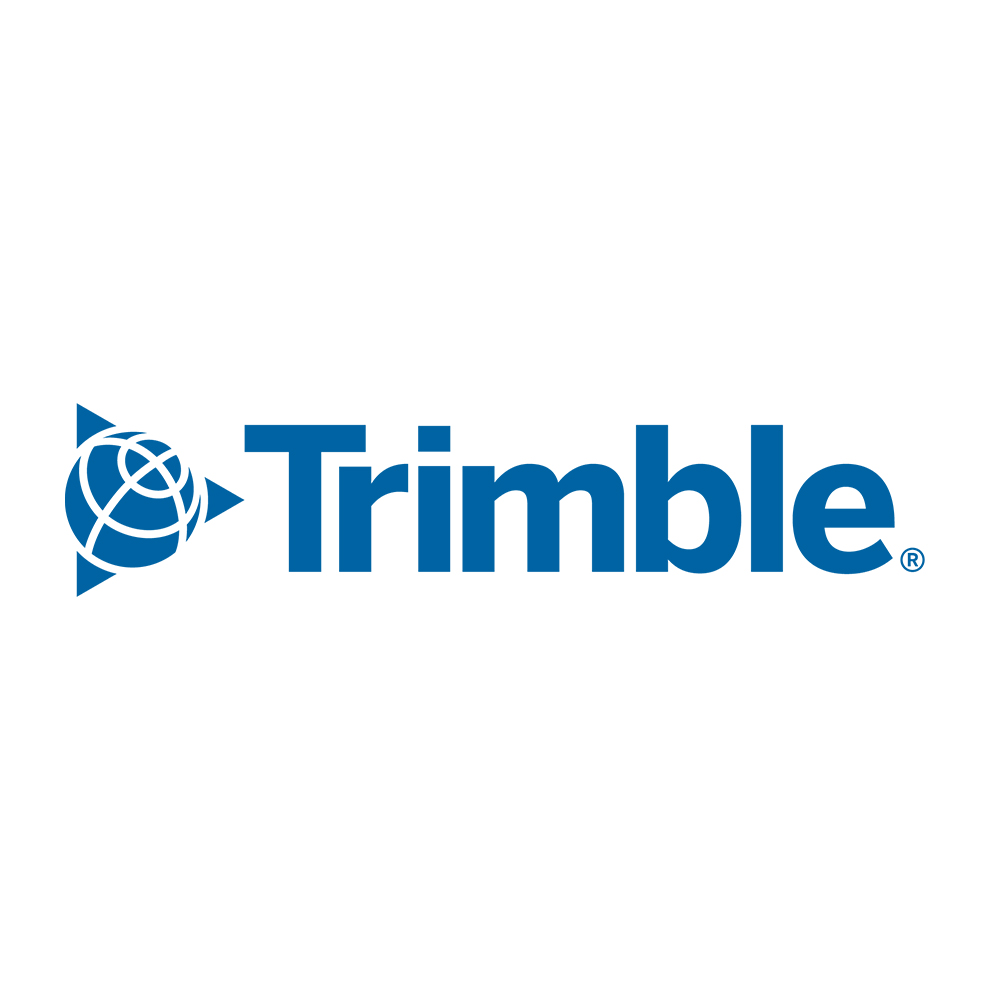A leader from the concrete industry on why he’s been an early adopter and advocate of going paperless.
By Julia Parker


Ozinga, a family-owned regional concrete company, is helping lead a digital revolution in the construction industry.
The fourth-generation firm serving the Midwest and parts of Florida has been an early adopter of e-Ticketing, a paperless, digital process for handling materials tickets. It was one of the first concrete contractors to embrace the technology.
Industry adoption of e-Ticketing is accelerating; 43 state DOTs have begun the process of implementing the technology in some capacity. But bringing private contractors on board is not always easy.
Keith Onchuck, chief information officer for Ozinga, has been instrumental in helping bring other suppliers along as part of his role in the National e-Ticketing Task Force.
InfraTalk America recently sat down with Keith to learn more about what motivates Ozinga and his work with the Task Force.
ITA: When did Ozinga realize how transformative e-Ticketing would be for the construction materials industry?
Onchuck: We launched e-Tickets in April of 2020 amidst covid. The adoption rate was relatively slow, and we have been wanting to do a full-scale launch since then. We are going to do a full-scale launch June 1st.
We’re not going to completely turn off printing paper because there are some customers who still want it, but we are trying to get away from it as much as we can.
If you’re in concrete, you can have up to 5,000 tickets a day (we print three copies of every ticket). That’s paper you have to process for billing and all that. It’s so much easier if that is all electronic, because you can workflow it.
What was the implementation process like for e-Ticketing? Was there any push back during that process?
Some internal people were pushing back. For example, internal salespeople had relationships with their customers who they knew did not want to do it. For our other customers, we told them we’re doing this because we don’t want you to have to touch the driver to get a copy of a ticket. When we explained why we were doing it, they were all for it. Ironically, we have an area that we serve where technology is not very prevalent. This was the area where we had the largest adoption back in April 2020. The way we were doing e-Ticketing was through text messaging, and they’re the ones who took the majority of it because they looked at it as a great way to be safe. So, I thought that was kind of interesting.
What are some benefits that you’ve noticed since mainstreaming the technology?
Immediacy to information. If I send an electronic ticket with an error to a site, they can flag it before the truck even arrives. So, my truck and driver save time by not making the trip all the way out. Additionally, you might be a customer who forgot to tell me you’re running late today, and you don’t need the truck there right away. E-Ticketing allows you to see that a truck is coming. As a result, you might call dispatch and say, “I’ll take that one truck, but I’m going to have to hold it for a little bit. Hold off on sending me the other ones until I tell you.”
Furthermore, I think it’s just being transparent with people and giving people information they never saw before in that timely of a manner. The other savings is in concrete placement. You have a lot of people sitting at the job site waiting for the truck to come. One of our common phone calls is, where’s my truck? So now, you have a crew of eight or ten people standing there waiting for a truck. And the customer is like, is the truck five minutes away? Is it 30 minutes away? The guys want to go take a break. Do I have them take a break now or later? Now, they can just look on the phone or on the e-Ticket, and it has links to tell them the ETA. As a result, they can now say, “Oh, wait, that truck is going to be here in three minutes, or the truck is going to be here in 20. Take a break now.” So, it gives that transparency to the customer.
What interested you and your company in this technology? What was the impetus that made you realize that e-Ticketing needed to be widely adopted?
We try to be technology leaders in our industry. If we see that a technology can benefit us and our customers, we will do it. In our world, e-Ticketing saves us money. I don’t have to print tickets, which means I can eliminate printing costs. At this very moment, I have over 300 printers deployed at all our plants. On top of that, they are in external print enclosures that are heated and cooled because they need to be climate controlled. So, that’s $5,000, a printer is $1,000, multiply that by 150, that’s expensive. There is significant money savings right there. Then, there’s a process savings. When that paper ticket comes back, the driver writes notes on it, and we make billing adjustments based upon the driver notes.
After the paper ticket comes back to the office, it’s scanned in, which means I need a scanner. I have a system now that’s managing those scan documents and then passing them off to our billing department. Then, the billing folks go through all these electronic and quasi-electronic tickets, scan through the images of them, look for the driver notes, and edit the ones that they need.
In an e-Ticketing world, everything comes directly back from the tablet and is in real time. So now, you can say, “Show me exceptions, show me where there’s a driver’s note, and show me where time is out of deviation.” It speeds up the billing process and makes it more accurate.
What do you envision as the next innovation that will further mainstream the project delivery process?
In addition to our e-Ticketing launch, we’re really pushing hard on a mobile app that we’ve had for a few years. With this technology, I want the customer to be able to change their order right on the phone. Using my example from earlier, you see a ticket come across for a truck, and you’re like, “Oh crap, I should have paused that job.” If you have the app, you don’t have to call us anymore. You can go into the app and just say, “pause the job.”
Additionally, this technology would allow us to give certain customers the control to manage their own schedules. For example, if you’re a big customer with us, have a great history, always on time, and you’re being efficient in the way you do everything, we might allow you to manage your own schedule in the future. We are also releasing our payment portal on June 1. You will now be able to look at all your invoices and tickets online, as well as pay online. We’re trying to push everything Amazon has been doing for decades into our industry.
I see a lot of transparency. Everyone can see the prices and times. In the digital world, people like to see those things immediately.
I was on a different call earlier where I was talking about the demographics of our workforce. I’m a baby boomer, so I’m technically on the elderly end of the workforce. Normally, baby boomers are not tech savvy. I just happened to get into this industry. A lot of people in my generation are struggling with the idea of going digital. However, we need to attract the new generation of coworkers. The new workforce coming in is expecting all the technology to be mobile and transparent. This is because they grew up with it and had digital capabilities all their life. Some of us never did. Young adults entering the workforce have an expectation when they go to a company, that they will have the same level of digitization as their most recent education experience.
What you’ll find out is, in our industry, that is not true. So, how do we attract a young workforce? We need tools that challenge them and allow them to be efficient because they’ve grown accustomed to that. They do everything online.
How did you get involved in the National e-Ticketing Task Force? What role do you play in the group?
I am a technology fan. I want to push it everywhere I can. I’ve been in IT in this industry since 2003 and have watched the industry slowly adopt new innovations. So, I was like, “What can we do to move this forward?” The e-Ticketing Task Force was started by HaulHub Inc as the Massachusetts’ e-Ticketing Task Force and grew from there. When I heard what the group was doing, I said, “Please sign me up.” Since its founding, the group has morphed. Now, the National Ready Mixed Concrete Association (NRMCA) has an IT task group in it. Luis Angulo from CalPortland and I are the ones leading it. We started off pushing e-Ticketing through the IT task group. So, we took it from what started with HaulHub and handed it off with a bow to NRMCA (The National Ready Mixed Concrete Association). When we did, we said, “Please lobby all the DOTs. Start with NTSB and lobby the DOTs to get them to adopt e-Ticketing, because if they do, that will help our customers.”
Now, Luis and I are transitioning to assist with the mainstreaming of IT security and mobile device automation. The task group’s goal is to push the concrete industry to adopt new technology.
I got involved with the Task Force, because I saw it as an opportunity to make our environment cleaner, and our business easier and more customer friendly.
Has e-Ticketing made it easier for you to collaborate with local and state transportation agencies?
Yeah, we are using it with Indiana DOT and the Illinois Tollway Authority already. Every time a truck leaves our facility to do one of those jobs, they have all the data. In the concrete world, you have the mix and the concrete that’s in the truck. You also have the mix design, the cement, the sand, the stone, and the admixtures that are in it. All these things have to be in a precise formula in order for the concrete to perform the way it needs to. The agency can see the constituents of the mix design, the targeted values that should be in the truck, and what the actuals are. They have that information right away.
If we put notes, because we did a quality control test at the job site, in the e-Ticket, they have that. I want to get to a place where if the agency puts in their e-Ticket notes that they used my tools, it will show up. Additionally, I want testing that is done at the job site to be part of my ticket as well. Moreover, if the QC testers on the job site use our tools, that data is going to be fed to the DOTs almost instantaneously. So now, the state agencies don’t have to reconcile paper anymore. At the end of the day, e-Ticketing allows us to make easier and quicker decisions.
Thanks so much, Keith! Fascinating stuff!










